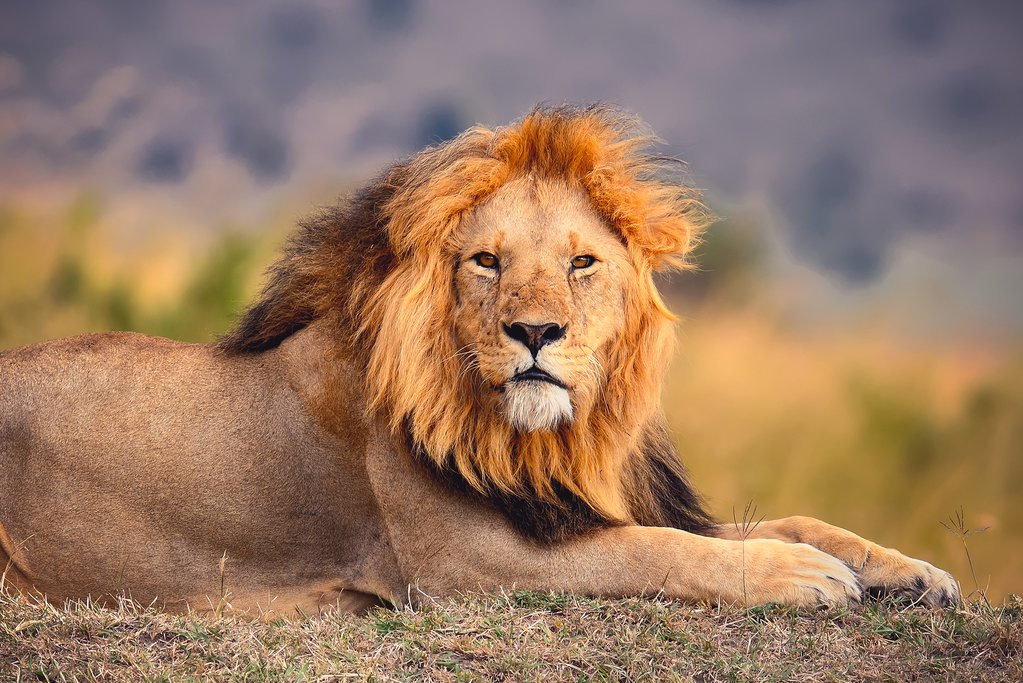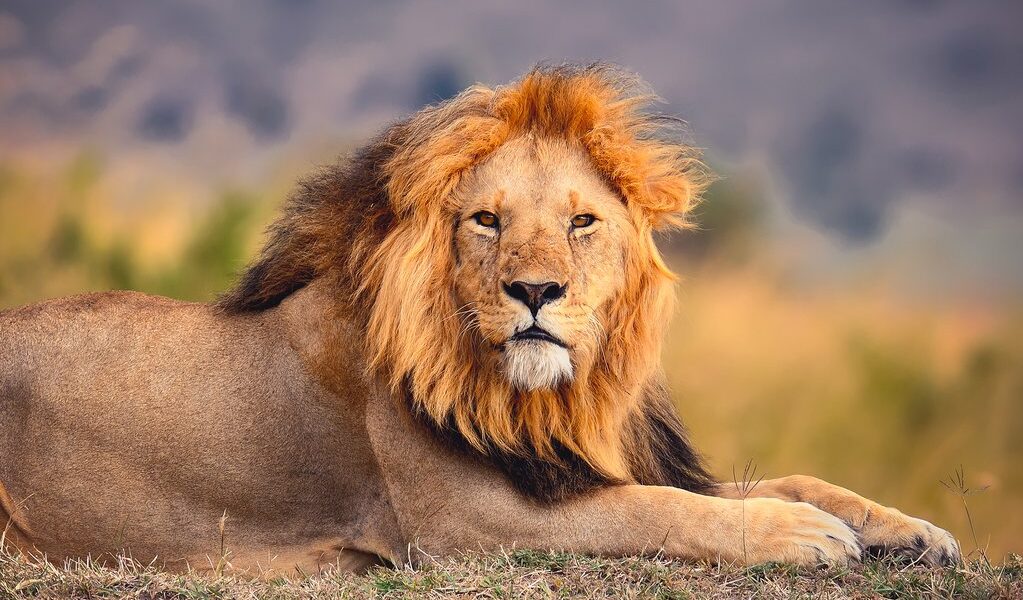
November can be a fantastic time for a Kenya vacation—the weather is warm, the tourist numbers are moderate, and the Mombasa Carnival gets underway on the coast. That said, you’ll need to prepare for some rain. It’s a shoulder season which means you get a little bit of everything: some days are sunny while others get pummeled with rain showers. They don’t typically last long, however, so as long as you bring a good rain jacket you’re still bound to enjoy yourself.
The weather conditions in Kenya during the month of November present a fascinating tapestry of experiences, greatly influenced by the specific geographical location within the country. This variability necessitates careful consideration when planning a trip, ensuring that your itinerary aligns perfectly with the weather patterns of your chosen destinations. In the vibrant city of Nairobi and throughout the central highlands, November typically brings a blend of warm, sometimes hot, days punctuated by periods of rainfall, followed by cooler evenings. This creates a refreshing contrast and offers a welcome respite from the daytime warmth.
Conversely, the coastal regions surrounding the bustling towns of Mombasa and Malindi experience a consistently warm climate, characterized by higher temperatures that persist throughout the day and night. While rainfall is still present, it tends to be less frequent compared to the highlands. This makes the coastal areas an attractive option for those seeking a sun-kissed getaway, albeit with the understanding that occasional showers are still possible.
Venture into the hills near Hell’s Gate National Park, and you’ll encounter yet another distinct weather pattern. Here, in these elevated mountainous zones, temperatures tend to be noticeably cooler, and the rainfall is more consistent and prolonged. In fact, precipitation can occur on approximately 65 to 70% of the days throughout the month of November. This characteristic weather pattern creates a lush, green landscape, perfect for those who appreciate nature’s beauty in a cooler setting.
Delving into specific temperature ranges, Nairobi typically sees daytime temperatures hovering around a comfortable 73 to 80°F. These pleasant days are interspersed with scattered showers, but also include a fair number of dry, sunny periods. As evening descends upon the capital, temperatures dip to a more refreshing 60 to 65°F, offering a comfortable environment for relaxation and rest.
Along the southern shores of the Indian Ocean, in the vibrant coastal city of Mombasa, the climate is markedly warmer. Temperatures here typically range from 80 to 92°F during the day. The evenings offer little relief from the heat, with temperatures remaining around 75°F. This consistent warmth makes Mombasa a popular destination for those seeking a tropical beach experience.
However, the increased rainfall in November also brings about an increase in the mosquito population. It is therefore highly advisable to pack and use a reliable bug spray to protect yourself from bites. Alongside insect repellent, sunscreen is an essential item, as is protective clothing that can shield you from both the sun and potential mosquito bites. Finally, remember to stay hydrated by drinking plenty of water, particularly if you are engaging in outdoor activities.
Turning our attention to crowd levels, November stands out as a particularly favorable month for travel to Kenya. With children back in school after the summer break and before the influx of holiday vacationers, the number of tourists is significantly lower. While it may be slightly busier than the quietest months of March and April, November still offers a more relaxed and manageable experience.
If you are someone who actively seeks to avoid large crowds, you will find November to be an especially appealing time to visit. The only notable exception is the Mombasa Carnival, which draws significant crowds to the coast for that particular week. However, outside of this event, tourist numbers remain very reasonable throughout the rest of the country.
The cost of traveling to Kenya in November also reflects the more moderate demand. While it might not be as inexpensive as the true off-season months, it is considerably more affordable than the peak summer season when hotels and airlines charge premium rates. With a bit of diligent searching and comparison shopping, you should be able to find some attractive deals on flights and accommodations.
When considering destinations within Kenya during November, Nairobi presents a compelling choice. Despite the occasional rain showers, there are still plenty of dry days to enjoy the city’s many attractions. Even when it does rain, the precipitation is often warm and short-lived. Moreover, Nairobi boasts a wealth of indoor activities, including numerous museums and art galleries, providing ample opportunities for exploration and cultural immersion, regardless of the weather.
Many of Kenya’s renowned wildlife parks also remain excellent choices during this time of year. However, it is essential to be prepared for outdoor conditions by bringing a reliable raincoat. The vegetation tends to be denser in November, which can make wildlife spotting somewhat more challenging, as the food sources are more dispersed and animals do not need to congregate around limited water sources as they do in the drier months.
However, the advantages of visiting during this time far outweigh the potential drawbacks. The significantly fewer tourists ensure a more intimate and less crowded experience, and the roads are generally passable. Furthermore, the abundant greenery transforms the landscape into a lush, vibrant spectacle, and you will be spared the constant dust that often plagues the drier seasons.
If this more verdant and tranquil safari experience appeals to you, consider visiting the world-famous Massai Mara, the expansive Samburu National Reserve, or the picturesque Amboseli National Park. Amboseli is particularly noteworthy in November, as the clear, dust-free skies provide optimal conditions for viewing the majestic Mount Kilimanjaro.
Lake Nakuru also emerges as an ideal destination during November. This park is renowned for its stunningly large flocks of pink flamingos, which gather at the water’s edge, creating breathtaking photographic opportunities. The grass remains relatively short, making it easier to spot the flamingos, and the temperatures are generally milder compared to other regions. However, be aware that these favorable conditions can sometimes attract more visitors to Lake Nakuru compared to other locations.
Generally speaking, the beaches along the Kenyan coast may not be the most appealing destinations during November. The region tends to experience a significant amount of rainfall, which can hinder many of the popular activities such as snorkeling, swimming, surfing, and sea kayaking. Unless you have a specific reason to visit, such as attending the Mombasa Carnival, it might be best to avoid the coastal areas during this time of year.
In Nairobi, you can immerse yourself in the local culture by strolling through the vibrant Maasai Market, where you can find a wide array of handcrafted souvenirs and traditional crafts. Alternatively, delve into Kenyan history and culture at the Nairobi National Museum, which houses an impressive collection of artifacts and exhibits. For art enthusiasts, the Banana Hill Art Gallery showcases the works of local artists, while the Village Market offers a more modern shopping experience with its array of boutiques.
Food lovers will be delighted by Nairobi’s diverse culinary scene. Talisman is a sophisticated gastro-lounge that offers a unique fusion of European and African flavors, while Mama Oliech’s is renowned for its savory deep-fried fish sourced directly from Lake Nakuru.
If wildlife encounters are high on your list, be sure to book a safari to one of Kenya’s many incredible national parks and reserves. In the Maasai Mara, Samburu National Reserve, or Amboseli National Park, you can witness zebras, elephants, giraffes, hippos, gazelles, and a host of other iconic African animals in their natural habitat. Or, as previously mentioned, head to Lake Nakuru to marvel at the spectacle of thousands of pink flamingos.
For a change of scenery, consider venturing into the mountains to explore the breathtaking landscapes of Mount Kenya National Park or Hell’s Gate National Park. While these parks tend to be cooler and wetter, the scenery is no less spectacular. Mount Kenya, home to the country’s namesake mountain, boasts exquisite snow-capped peaks, including Batian, Nelion, and Lenana. For adventurous travelers, a three-day trek to the 17,057-foot summit can be arranged. In Hell’s Gate National Park, you can embark on a thrilling mountain biking tour through volcanic gorges and past bubbling hot springs.
A highlight of November in Kenya is undoubtedly the Mombasa Carnival. This spectacular annual event takes place in the southern coastal town of Mombasa and is a must-see for visitors. The vibrant celebration draws huge crowds to experience the colorful parades, elaborate costumes, dazzling floats, captivating music, stunning art, and energetic dance performances. Despite the potential for rain, the carnival is well worth a visit.
Another significant event that takes place around the end of October, extending into early November, is the Maulid Festival. Held on Lamu Island, this festival is a grand celebration of the Prophet Mohammed’s birthday. The festivities include singing, dancing, feasting, and a grand procession on the final day, culminating at the tomb of the revered Islamic religious figure, Ali Habib Swaleh.
Considering a trip to Kenya in November? One particularly enticing itinerary is the “Kenya Wildlife Safari – 10 Days.” This jam-packed tour features visits to some of Kenya’s most stunning parks, including Amboseli National Park, Hell’s Gate National Park, Mount Longonot, Lake Nakuru, and the world-renowned Maasai Mara. The adventure begins with sightseeing in Nairobi, followed by immersive experiences in nature, offering the chance to see zebras, giraffes, lions, cheetahs, elephants, and a myriad of other fascinating savannah creatures.
B-1520

